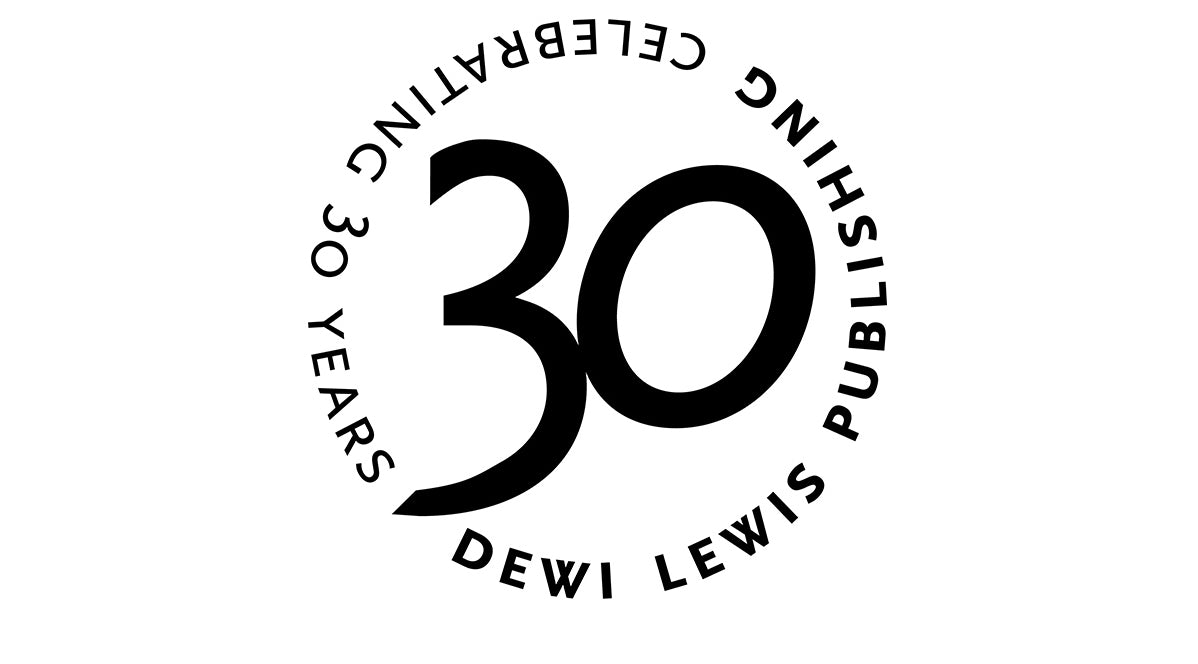FREE UK SHIPPING ON ORDERS ABOVE £35.00
FREE UK SHIPPING ON ORDERS ABOVE £35.00
£30.00
– Sold OutLocated in east London just north of The City, Hackney has a long history stretching back to Tudor times. During the 1980s when Berris Conolly took these photographs it was an area that had been in decline. This was a decade of turmoil in both national and local politics with issues of social justice never far from the headlines. Today the concerns increasingly revolve around the gentrification of areas of the borough and the disparities of wealth that this exemplifies.
Berris Conolly photographed the places that he knew and that formed his everyday environment. Using the A-Z, he walked, cycled or drove down every street, marking off the grid squares as he went. There was no conscious or formal theme to the project, other than to record mainly the streets and buildings rather than people, though inevitably people did start to appear in some of the images, either as figures in the landscape, or frequently at their own request. Often he would set up the tripod to take an empty scene and passers-by would ask to be photographed, possibly drawn by the sight of a large camera and tripod. “Are you from the local paper?” was a common question. The resultant archive comprises over 1500 images.
After many years in advertising photography Berris Conolly began focussing on documentary landscape in the early 1980s, leaving commercial photography completely by 1985. He moved from London to Sheffield at the end of 1988 to work on a commission for Untitled Gallery (now Site) to document the city, working as one of several photographers on a two-year Regeneration Project, which culminated in exhibitions across the city in 1991 to coincide with the World Student Games. He subsequently joined the management committee of Untitled, assisting with the exhibition and events programme through selection, commissioning and curating exhibitions. After setting up a landscape gardening company in 1994 he didn’t photograph for the following ten years, before picking up a camera again in 2004. By this time digital imaging had largely replaced film and traditional darkroom printing.
Hardback, 96 pages
300mm x 240mm
64 duotone photographs
ISBN: 978-1-907893-56-8
